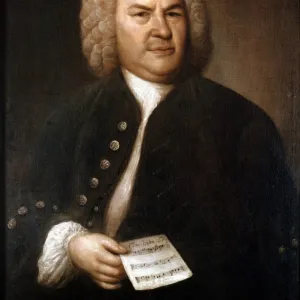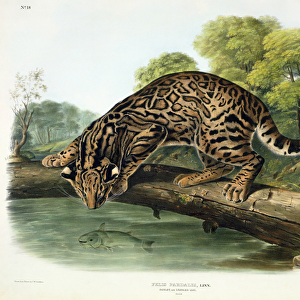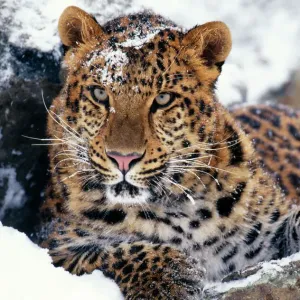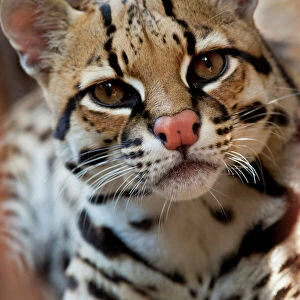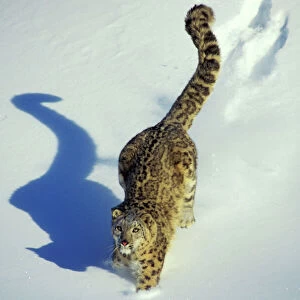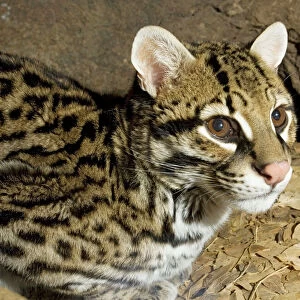Home > Animals > Mammals > Cats (Wild) > Ocelot
Ocelot. Live in South America. Engraving 1841
![]()

Wall Art and Photo Gifts from Mary Evans Picture Library
Ocelot. Live in South America. Engraving 1841
Mary Evans Picture Library makes available wonderful images created for people to enjoy over the centuries
Media ID 14317988
© Thaliastock / Mary Evans
Carnivorous Dwarf Fauna Feline Latin Leopard Mammalia Mammalian Ocelot Wild
FEATURES IN THESE COLLECTIONS
> Animals
> Mammals
> Cats (Wild)
> Leopard
> Animals
> Mammals
> Cats (Wild)
> Ocelot
> South America
> Related Images
EDITORS COMMENTS
1. Title: "Ocelot - A Dapper Dweller of the South American Forests: An 1841 Engraving" This engraving showcases the elusive and beautiful ocelot, a carnivorous feline native to the Americas. The ocelot, a member of the Felidae family and the Leptailurus pardalis species, is a dwarf leopard known for its distinctive coat, which features black spots and rosettes, resembling the pattern of a jaguar's but smaller in size. The ocelot's historical significance is evident in this 19th-century engraving, which captures the animal's regal and mysterious demeanor. This engraving, produced in 1841, is a testament to the fascination Europeans held for the exotic fauna of the New World. The ocelot is a versatile hunter, adept at climbing trees and swimming in water, making it a formidable predator in its South American habitat. Its diet consists mainly of rodents, birds, and reptiles, but it will also prey on larger animals if given the opportunity. The ocelot's coat, which can vary in color from yellowish-brown to dark brown, has been a source of desire for centuries. Indigenous peoples of South America have used ocelot pelts for clothing and decorative purposes, while European explorers and settlers sought to acquire them as trophies or for the fur trade. This engraving offers a glimpse into the past, providing a window into the natural history of the ocelot and the fascination it held for Europeans during the 19th century. The ocelot remains an important part of the biodiversity of South America, and its continued survival is essential for maintaining the balance of the ecosystems in which it lives.
MADE IN THE USA
Safe Shipping with 30 Day Money Back Guarantee
FREE PERSONALISATION*
We are proud to offer a range of customisation features including Personalised Captions, Color Filters and Picture Zoom Tools
SECURE PAYMENTS
We happily accept a wide range of payment options so you can pay for the things you need in the way that is most convenient for you
* Options may vary by product and licensing agreement. Zoomed Pictures can be adjusted in the Cart.


